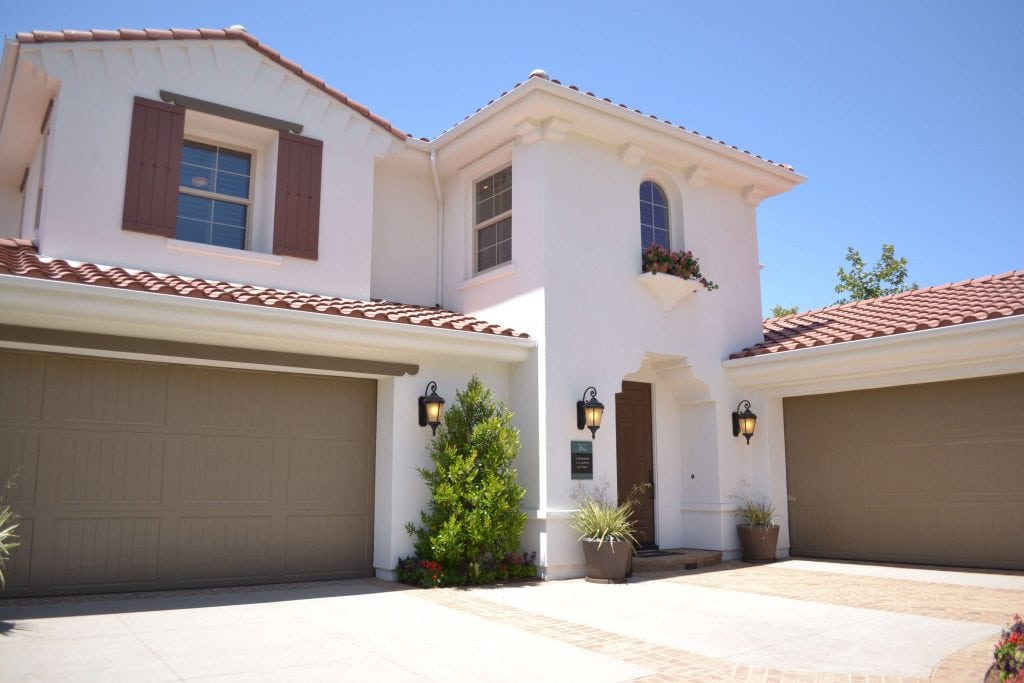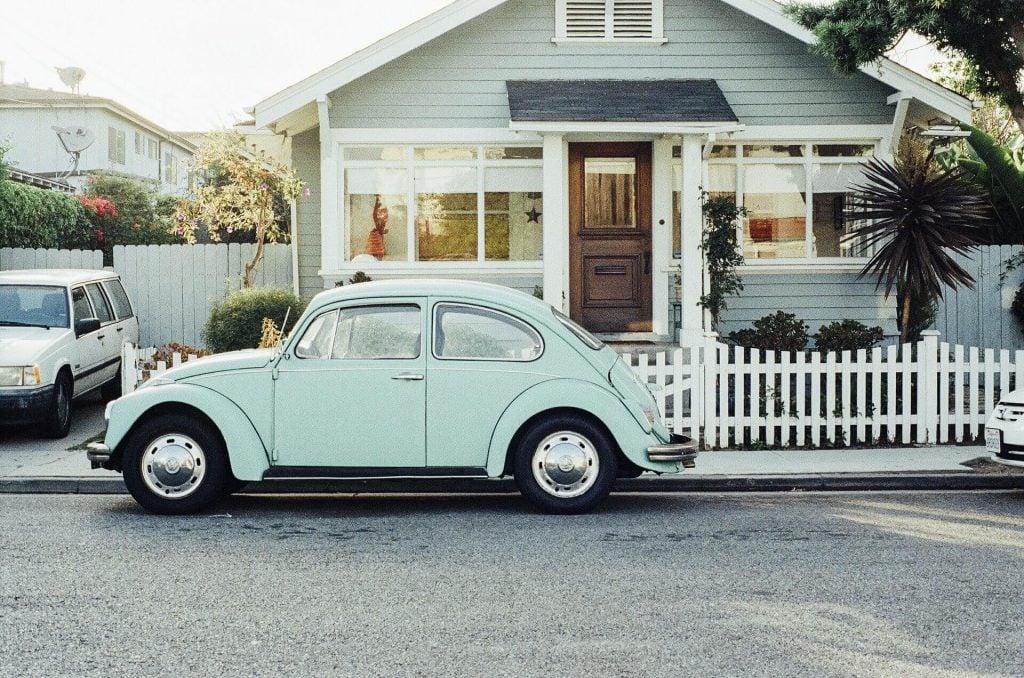When building or renovating a home, exterior cladding protects the structure from environmental elements while enhancing its aesthetic appeal. Choosing the right cladding material can significantly improve your home’s durability, energy efficiency, and overall visual impression.
In this guide, we’ll examine the different types of exterior cladding and their pros and cons, helping you understand how to choose the best option for your project.
Let’s get straight to the point.
Exterior cladding is essential for protecting your home from environmental elements while boosting its aesthetic appeal. Various materials, such as brick, vinyl, wood, composite, stone, metal, and stucco, offer different benefits and challenges.
Brick is durable but energy-intensive, vinyl is affordable but has environmental drawbacks, and wood is natural but requires maintenance. Composite and metal are low-maintenance, stone is luxurious but expensive, and stucco is energy-efficient but vulnerable to moisture.
Key factors in choosing cladding include climate, budget, aesthetic preferences, and environmental impact. Cladding improves insulation, reduces maintenance, and increases home value.
What is Exterior Cladding?
Exterior cladding, or siding, is the outermost layer of a building’s exterior, designed to protect it from weather and external damage. Beyond its protective function, cladding contributes to a house’s kerb appeal, giving it a unique and stylish look.
Several materials, from wood to metal and vinyl to stone, offer benefits and challenges.
Each of these materials brings distinct advantages and disadvantages, which we’ll discuss in more detail below.
Types Of Exterior Cladding
1. Brick Cladding: Traditional And Durable
Advantages Of Brick Siding
Brick cladding is a popular and durable material made from baked clay. It offers several benefits:
- Longevity: Bricks last a lifetime and never need painting.
- Thermal Mass: Bricks can store heat, making them ideal for passive solar designs.
- Aesthetic Appeal: They add a traditional yet sophisticated look to any home.
- Eco-Friendly Options: Bricks from recycled materials like fly ash can reduce construction-related carbon emissions.
Disadvantages Of Brick Cladding
Despite its benefits, brick has some downsides:
- Energy-Intensive Production: Manufacturing bricks consumes large amounts of energy, contributing to carbon emissions.
- Cement Use: Mortar used for brick cladding requires cement, which accounts for a significant portion of global CO2 emissions.
2. Vinyl Cladding: Affordable And Low Maintenance
Benefits Of Vinyl Siding
Vinyl is the most popular siding material for newly constructed homes, with cost-effective and long-lasting benefits:
- Longevity: Vinyl siding can last up to 50 years with minimal maintenance.
- Cost-Effective: It’s one of the cheapest cladding options available.
- Energy Efficiency: Insulated vinyl siding can improve the overall R-value of your home’s insulation.
Drawbacks Of Vinyl Siding
- Environmental Concerns: Made from non-renewable resources like PVC, vinyl releases toxic dioxins during production and when burned.
- Health Hazards: Vinyl siding contains chemicals linked to cancer in humans.
3. Wood Cladding: Natural And Versatile
Advantages Of Wood Siding
Wood cladding offers a natural and sustainable option for home exteriors. Key benefits include:
- Renewable Resource: Sourced from responsibly managed forests, wood can be replenished over time.
- Aesthetic Flexibility: Available in various styles like board and batten, shingles, and clapboard.
- Eco-Friendly Treatments: Techniques like charred wood or thermal modification make wood durable without harmful chemicals.
Disadvantages Of Wood Siding
- Maintenance: Wood requires regular treatments to protect against pests and decay.
- Environmental Risks: Non-certified wood may come from unsustainable sources, harming forests.

4. Composite Cladding: Low Maintenance And Durable
Benefits Of Composite Siding
Composite materials combine different substances like wood scraps or sawdust with a binder, offering a durable, low-maintenance alternative:
- Cost-Effective: Composite siding is affordable and easy to maintain.
- Durability: It resists moisture, pests, and UV damage better than traditional wood.
Downsides Of Composite Siding
- Uncertain Long-Term Benefits: Warranties vary, and some products contain formaldehyde and VOCs (Volatile Organic Compounds).
- Recyclability: Some composite sidings may not be recyclable depending on the materials used.
5. Stone Cladding: Natural Elegance
Benefits Of Stone Siding
Stone cladding is a luxurious option that offers both durability and a timeless look:
- Longevity: Stone is a long-lasting material that requires minimal maintenance.
- Fire and Pest Resistant: Stone is impervious to fire, insects, and mould, making it highly durable.
- Eco-Friendly: While energy-intensive to mine, stone lasts decades and can be recycled.
Disadvantages Of Stone Cladding
- High Cost: Stone cladding is expensive to install and requires professional masonry work.
- Heavy Weight: Transporting stone has a high environmental cost due to its weight.
6. Metal Cladding: Industrial And Long-Lasting
Benefits Of Metal Siding
Metal cladding, often made from galvanised steel, aluminium, or copper, is a robust option:
- Durability: Metal siding can last for many years with minimal maintenance.
- Resistance: It resists harsh weather conditions, fire, and pests.
- Recyclability: Metal is easy to recycle, making it an environmentally friendly option.
Drawbacks Of Metal Cladding
- Prone to Dents: Materials like aluminium are susceptible to damage from hail or debris.
- High Initial Cost: While durable, metal cladding can be more expensive than other options.
7. Stucco: Traditional And Energy-Efficient
Advantages Of Stucco
Stucco is a type of plaster made from cement, sand, and water, offering:
- Energy Efficiency: Stucco provides good insulation, helping maintain consistent indoor temperatures.
- Low Maintenance: Once applied, stucco requires little upkeep.
- Durability: Resistant to fire and pests, stucco can last a long time with proper care.
Disadvantages Of Stucco
- Vulnerability to Moisture: Stucco doesn’t fare well in humid climates or areas with heavy rainfall.
- Application Costs: Stucco is labour-intensive and requires several layers, making applying more expensive.
Key Benefits of Exterior Cladding
Exterior cladding is not just about aesthetics. Here are some of the main benefits:
1. Protection Against The Elements
Cladding shields your home from weather-related damage like rain, wind, and snow. It also provides a barrier against UV radiation, preventing the structure from degrading under sunlight.
2. Improved Insulation
Certain cladding materials, like insulated vinyl or composite, can significantly improve a home’s energy efficiency by providing better insulation.
3. Low Maintenance
Materials like vinyl, composite, and metal require minimal maintenance over their lifespan, reducing long-term upkeep costs.
4. Increased Home Value
A well-chosen exterior cladding can enhance a home’s kerb appeal, increasing its market value. Options like brick, stone, or wood are visually appealing and create a lasting impression.
5. Fire Resistance
Materials such as metal, stone, and fibre cement provide excellent fire protection, offering peace of mind in fire-prone areas.

How To Choose The Right Cladding Material?
Selecting the right exterior cladding for your home depends on several factors, including:
1. Climate
Materials like vinyl or composite siding offer better moisture resistance for regions with heavy rainfall or humidity. Wood or stucco may benefit dry climates.
2. Budget
If you’re on a budget, vinyl or composite cladding is cost-effective and durable. However, brick or stone may be more expensive for those seeking long-term value.
3. Aesthetic Preferences
Your home’s visual style plays a big role in the choice of cladding. For a modern look, metal or composite cladding might be ideal. Wood or brick offers a classic touch if you prefer a traditional appearance.
4. Environmental Impact
For environmentally conscious homeowners, wood, especially from FSC-certified sources, and recycled metal or composite cladding are excellent eco-friendly choices.
Conclusion
Exterior cladding protects your home and enhances its aesthetic and energy efficiency. Each material has advantages and drawbacks, whether you opt for brick, vinyl, wood, composite, stone, metal, or stucco.
By understanding the unique properties of each cladding option, you can make an informed decision that fits your budget, environmental goals, and design preferences. Whatever choice you make, exterior cladding is an investment in your home’s appearance and longevity.
FAQs About Cladding
What Is The Cheapest Outdoor Cladding?
Timber is by far the cheapest option for external cladding. The number of boards needed varies depending on the size of the building and the design of the cladding chosen. Around 600 boards will be required for a single-storey small property installation.
Is Cladding A Good Idea?
Adding Wall Cladding to your home is a fantastic way to change the appearance of your building, but it could also help with insulation, maintenance, and boosting the curb value of your home.
What Are The Different Types Of Cladding?
The most common types of cladding are Stone, Brick, UPVC, Timber, Metal, Concrete, Weatherboard, and Glass.
How Long Does Plastic Cladding Last?
First things first, how long does PVC cladding last? Easily lasting around 20 years, high-performance PVC cladding (like ours!) can last up to 50 years with the right care and attention.
Which Type Of Cladding Is Most Popular?
The most popular metal cladding materials are steel and aluminium, both of which have their own individual benefits and drawbacks. One of the most significant benefits of using metal cladding in a commercial building is that the material is non-combustible.

